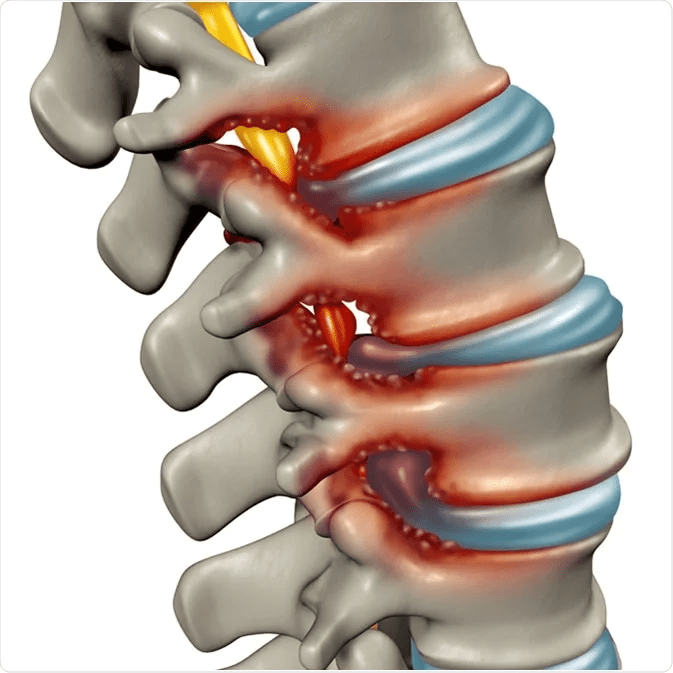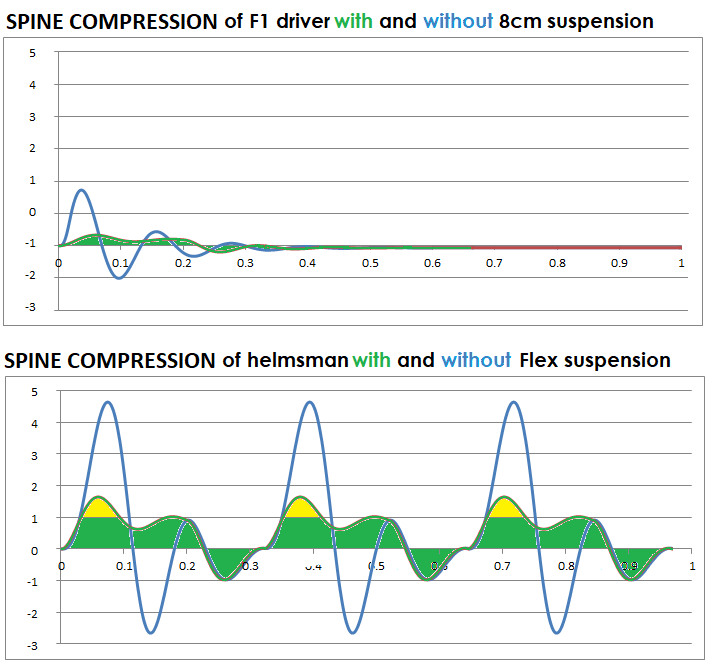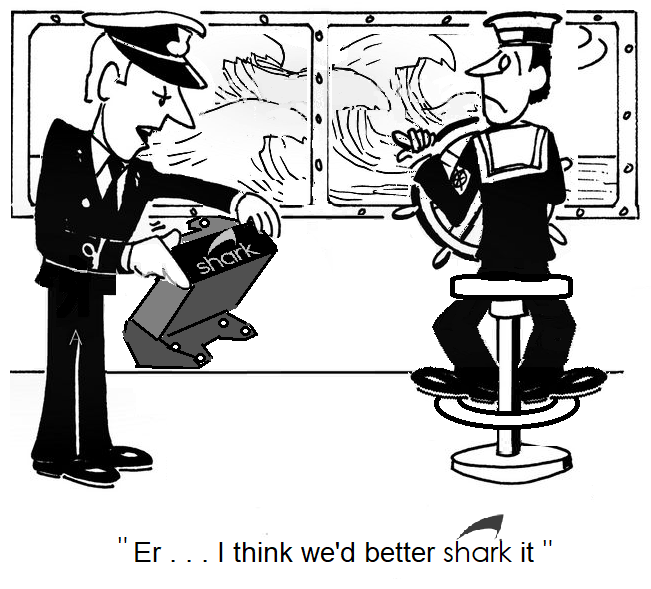If you read the last article or have been watching sporting news you’re likely aware of the phenomenon called porpoising in Formula 1. In this post we will look at ways to potentially resolve this issue for the drivers and more importantly, how this relates to helmsmen.
The problem with the cars
The F1 porpoising problem can either be fixed at the source.. or at the seat. At the source is better because it would calm down the car and make it handle better. It is tricky though because the underfloor aerodynamics tries to stick the car to the ground like a magnet…. Meanwhile the car wants to bounce off the track… it is a bit like trying to hold magnets very close to each other, they want to stick together but as you pull harder, your hands make them fly apart.
What does this have to do with us?
Our interest lies in the solution at the seat. This is what we do on boats because fixing the cause (waves on the ocean) is outside our realm of influence.
It turns out that to reduce Hamilton’s spine compression from 2cm to less than 0.5cm, you need to put a suspension under him with about 8cm of travel. It’s unlikely that will happen anytime soon because the car would need to be taller and would create more drag.
Boat seat example
For our helmsman shown in the graph above, the spinal compression is far more severe since the 10G impacts have a much longer duration. And likewise the suspension length needs to be a lot more as well. In this case a 22cm suspension (equivalent to a shark flex) reduces the spinal compression from nearly 5cm down to 2cm or less.
So with FLEX under ALL the seats on your boat, you can drive like Lewis Hamilton and yet know that you and your passengers backs are safe.
In next issue we will be focusing on spine compression and looking into a study that all boat users should be aware of.



